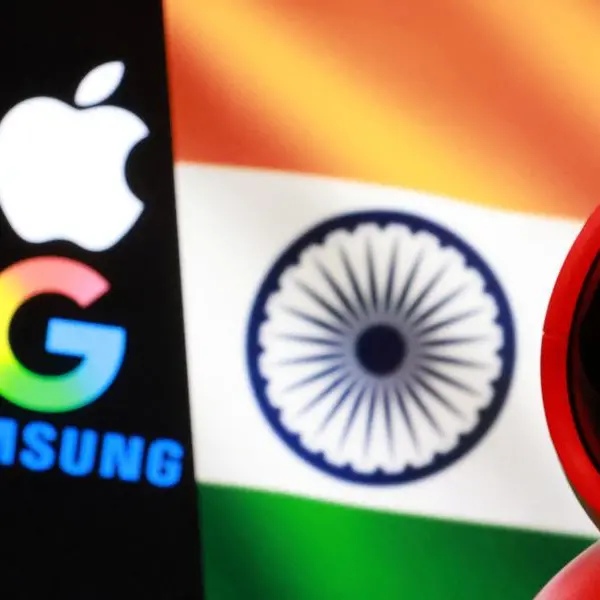PHOTO
A groundbreaking new study from the International Labour Organization (ILO) and Poland’s National Research Institute (NASK) has revealed that one in four jobs globally is potentially exposed to the transformative forces of generative artificial intelligence (GenAI). But in a reassuring twist for workers, the report underscores that transformation—not wholesale replacement is the more likely outcome.
Launched on May 20, the study, Generative AI and Jobs: A Refined Global Index of Occupational Exposure, provided what the authors call the most nuanced global snapshot to date of how GenAI may reshape the world of work. The index, which blends expert review, AI-assisted scoring, and a database of nearly 30,000 occupational tasks, represents a new gold standard in assessing job exposure to AI.
“We went beyond theory to build a tool grounded in real-world jobs,” explained Pawel Gmyrek, ILO Senior Researcher and lead author of the study. “By combining human insight, expert review, and generative AI models, we’ve created a replicable method that helps countries assess risk and respond with precision.”
The research showed that 25 percent of jobs worldwide are in occupations potentially exposed to GenAI, with that share climbing to 34 percent in high-income countries. Perhaps most striking is the gender divide: in high-income nations, nearly 10 percent of women’s employment lies in jobs at high risk of automation, compared to just 3.5 percent for men. This stark contrast, the study argues, demands urgent policy attention.
Clerical occupations, such as administrative assistants and data entry roles, emerged as the most vulnerable. These jobs, often composed of repetitive cognitive tasks, are particularly susceptible to automation by GenAI technologies. Yet the report also highlighted rising exposure in highly digitized professions such as media, software development, and finance. The expanding reach of GenAI is now brushing up against sectors once considered safe due to their cognitive demands.
Even so, the report is careful to differentiate between potential and reality. Full automation of jobs remains limited. “Many tasks, though done more efficiently, continue to require human involvement,” the study notes. It draws attention to contrasting outcomes: while software developers may adapt and evolve with digital innovation, workers with limited digital skills may struggle to keep up.
“The index helps identify where GenAI is likely to have the biggest impact, so countries can better prepare and protect workers,” said Marek Troszynski, Senior Expert at NASK and co-author of the report. He emphasized that the tool will next be applied to labour force data from Poland, with the aim of refining national policy responses.
The ILO–NASK study stresses that differences in technological infrastructure, national policies, and workforce skills will determine how GenAI’s effects play out on the ground. The figures, the authors caution, reflect potential exposure—not actual job losses. Much depends on how countries act.
“This tool helps countries across the world assess potential exposure and prepare their labour markets for a fairer digital future,” said Janine Berg, Senior Economist at the ILO. “It’s easy to get lost in the AI hype. What we need is clarity and context.”
Ultimately, the study is a call to action. It urges governments, employers, and workers’ organisations to engage in inclusive dialogue and adopt strategies that ensure the digital transition enhances, rather than erodes, job quality.
According ILO newsletter, this landmark publication is the first in a series of ILO–NASK reports on GenAI and the future of work. Forthcoming editions will delve into country-specific labour impacts and offer technical guidance for crafting equitable AI-era policies—especially in developing and emerging economies where the stakes are highest.
Copyright © 2022 Nigerian Tribune Provided by SyndiGate Media Inc. (Syndigate.info).





















